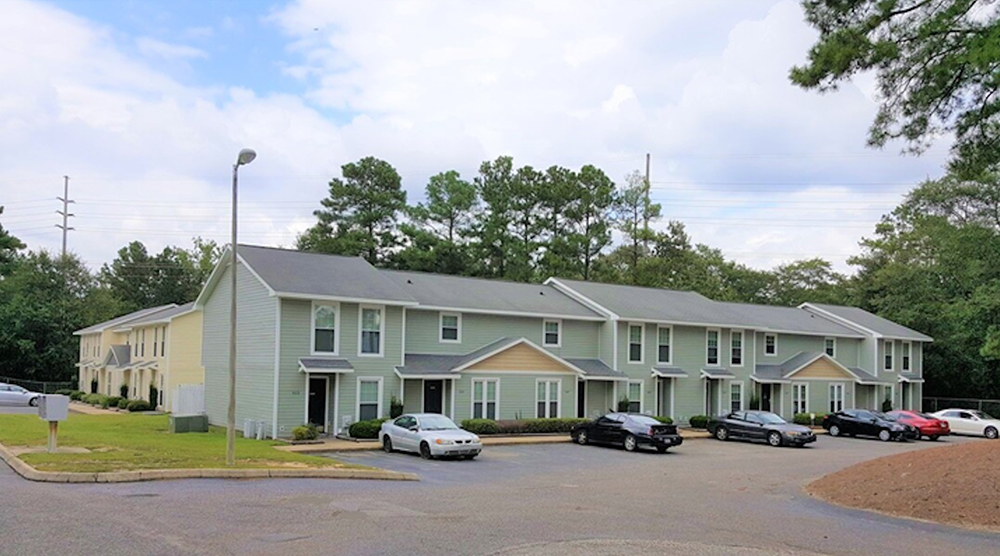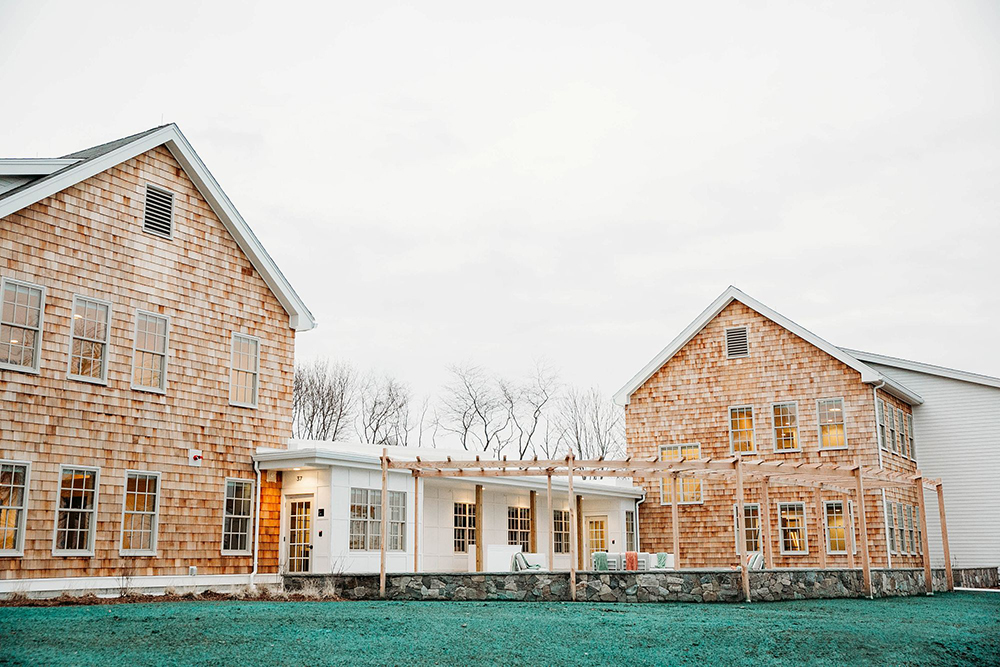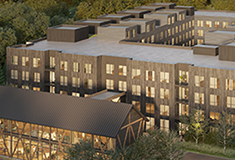News: Financial Digest
Posted: August 7, 2014
Boston's commercial real estate transformation
The U.S. commercial real estate (CRE) market is slowly creeping back, as top-tier cities are finally regaining their footing after the Great Recession. Boston in particular emerged from years of slowdown with a serious growth spurt, sparking substantial development in the industrial, retail, multifamily, lodging, and office sectors. But not all U.S. cities are sprinting out of the blocks as quickly as Beantown. Boston weathered the financial crisis better than most, and was positioned for healthy CRE growth from the start of the recovery. Its dynamic and highly educated workforce and top universities are now driving new development and redevelopment in aging or underutilized areas of the city, as well as helping reshape downtown Boston. Here are some of the biggest CRE trends that appraisers are keeping an eye on.
Tech and pharmaceuticals drive Boston's transformation
Boston's combination of a strong job market, increasing payrolls, top hospitals, premier professional sports teams, top educational institutions, world-class museums, and well-preserved national parks are driving significant new interest in the city's downtown area. But Boston's tech firms in particular are playing a major role in the city's CRE growth.
Cambridge has always been home to a variety of pharmaceutical and tech companies, and for a long time vacancies have been low and space scarce. This has finally led companies to turn elsewhere in search of sufficient office and lab space. Many have turned to central Boston, spurring the development and absorption of office space throughout the city.
The Seaport area continues to lead the pack as one of the healthiest office submarkets, with rent in the mid-40s for class A space. The Financial District has also seen positive growth, since technology firms continue to absorb class B space, as well as class A towers, dropping vacancy rates below 10%. Additionally, downtown sub-markets have tightened and rents continue to rise. Growth is only projected to increase, with cap-rates for class A towers hovering in the 4.75% to 5.5% range, and rates for class B buildings between 5.25% and 5.75%.
Boston thrives as a live, work, play city
As more companies move into downtown, more employees are seeking out housing near their workplaces. These live, work, play communities are increasingly important to young professionals, encouraging much of the city's residential and retail development.
Currently, Boston's multifamily market contains an inventory of just over 200,000 units, with inventory increasing at an annual compound rate of 1.4% since 2004 and an additional 7,600 units slated for completion by 2016. High demand shrank vacancy rates, which sit around 3.8%. Boston holds a significant renter pool, with some 8,000 students living in the city, promising sustained long-term demand for rental housing. To round out the play portion of Boston's live, work, play atmosphere, retail real estate continues to grow, with vacancy rates below 10%, and market rents slated to increase between 3% and 4% in the next three years. The Seaport District represents one of the highest areas of growth, with a significant number of restaurants entering the neighborhood.
The Boston CRE market stands on par with other top metropolises throughout the country. With growth projected to continue, Boston sits as a strong market for national and international investors, making it an exciting city for appraisal and valuation work.
David Cary, Jr., MAI, MRICS, senior managing director of Integra Realty Resources, Boston, Mass.
Tags:
Financial Digest
MORE FROM Financial Digest
Preservation of Affordable Housing secures $23.5 million in financing from Rockland Trust and Citizens Bank
Cambridge, MA The nonprofit Preservation of Affordable Housing (POAH) has secured $23.5 million in financing from Rockland Trust and Citizens Bank to transform a 150-year-old, underutilized church complex into housing. The project will ultimately create 46 affordable family-sized apartments.
Columns and Thought Leadership

Conn. hospitality market: A technical appraisal perspective on market dynamics and valuation challenges (2019-2025)
The Connecticut hospitality market has demonstrated uneven recovery patterns between 2019 and 2025, with boutique and historic properties achieving $125 RevPAR in 2025, up 8.7% from the 2019 level. Coastal resort properties achieved a $105 RevPAR in 2025, representing 10.5% growth since 2019. Casino corridor properties maintained modest growth with RevPAR improving 4.5% to $92 in 2025.

Examples of investors who used Kay Properties for legacy and estate planning purposes for rental property/portfolios - by Dwight Kay
Preserving wealth across multiple generations requires strategic planning, foresight, and the right investment vehicles. Delaware Statutory Trusts (DSTs) offer a powerful solution for families looking to build and protect their financial legacy and to efficiently plan for their estate.









